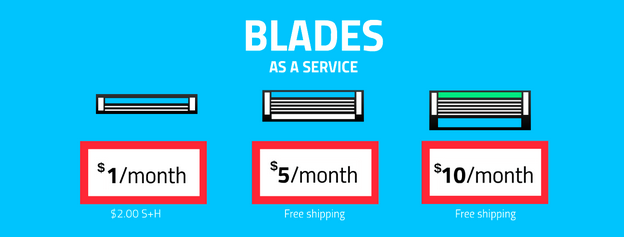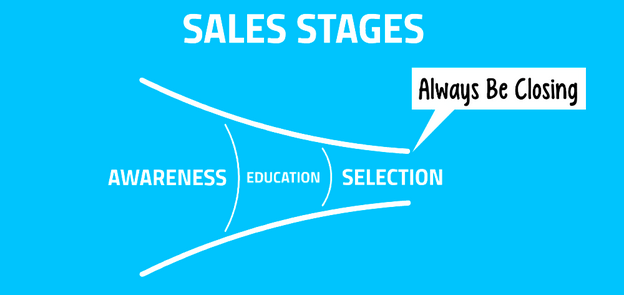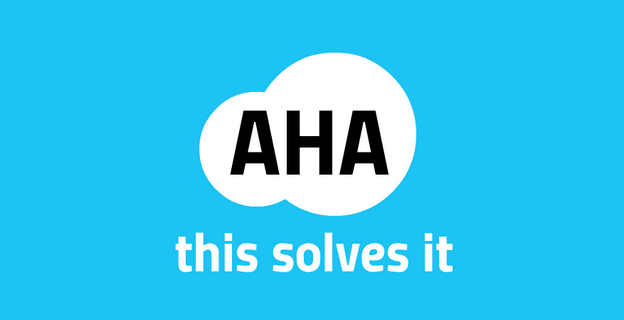Jacco van der Kooij is an expert sales consultant who has helped over 50 startups design, build, organize, and scale their sales teams.
Today, you can buy anything as a service—razors as a service, groceries as a service, carwashes as a service… The way that we are buying is rapidly changing, and this shift is shaking up the entire way that we sell. Not too long ago, a software sales professional would have sold a hundred thousand dollar software license with an 18% annual upgrade and renewal fee. That’s $118,000 for year one, with an additional $18,000 guaranteed every year after that. The software would be installed directly onto the client’s servers, and they would be made a customer for life—or close to it.

Today, that very same piece of software is selling at $4,000 per month and lives not on the servers but in the cloud. The customer gets to decide each month whether or not she wants to renew; and with a myriad of other options that are just as easy to “install” (i.e. access) as the current solution, the cost of switching to a competitor’s product is much lower.

“THE AS-A-SERVICE MODEL IS CHANGING THE WAY THAT WE SELL.”
The shift from three sales stages to five customer experiences.
In the traditional sales cycle, there are three stages: awareness, education, and selection. A client becomes aware that they have a problem, researches materials that educatethem on what options they have to solve it, and then selects the solution that fits best. For decades, these three stages determined the entire marketing and sales process. In this approach the goal was to get a client to sign on the dotted line. Terms such as “Always Be Closing” stem from this age and still prevail in many sales organizations.

Today, however, that moment of commitment—the closing of the deal—is spread out a much longer period of time, as buyers get to make the selection decision month over month. So, instead of a three-stage cycle, we now have a five-stage sales cycle. The five stages of a Product-As-A-Service sale are:
- Oh Sh*t—the customer realizes that she has a problem.
- Aha—there is a solution to the problem.
- Wow—the sales experience offers great insights that spur the first purchase.
- Yeehaw—the service works as advertised and solves the problem.
- Oh My God—the customer comes back again and again, continually purchasing the service because the experience is just that good. The customer shares the experience.

The key moment of the sale, as many seasoned business professionals will tell you, is the “Aha” moment, when the client becomes aware of the impact of the problem while also learning about a solution that solves it. The challenge that sales organizations face today is that this “Aha” moment is most often taking place online, usually well before a client has contacted—or been contacted by—a sales professional.
“TODAY, MANY CLIENTS EXPERIENCE THE ‘AHA MOMENT’ ONLINE.”
In other words, our customers are self-diagnosing their problems and self-prescribing the solutions. How can we fix this and insert ourselves into the sales cycle before our prospects have already made up their mind?

Want to close a deal? Appeal to your prospect’s emotions.
Researchers have found that people first make their decisions based on emotional response, rationalizing the decision afterwards with facts and figures. (Reference:Research Paper). For example, when you are buying a house, you may find yourself saying, “This doesn’t feel right,” or “Nah, not my style.” These are emotional responses that, in all likelihood, get backed up later by rational responses like, “It’s too expensive,” or “It’s too far from my work.”
Sales professionals have traditionally focused on creating this emotional experience in-person; in the trade, this is referred to as “Consultative Selling,” and more recently “Provocative Selling.”
Sales teams have developed tons of content about the rational experience, like pricing options, specification sheets, and chart-filled slide decks. But sales professionals are, more often than not, lacking the content needed to provide that “emotional” experience that the prospect can consume at their leisure.
A lot of the buying decision rests upon the emotional experience that your customer has during the AHA moment they experience early on in the sales process—and today, this experience is happening online, and even more so mobile.
Case-in point: Have you recently visited a cluttered website full of deals that are screaming at you? Most people won’t feel compelled to provide their email to learn more about the service. Why? It is too early in the stage to decide based on the rationale of price. You first want to “learn a bit more about them.” It “Just doesn’t feel right.”
“VISUAL STORYTELLING IS HOW YOU CAN HELP CUSTOMERS EXPERIENCE THE ‘AHA MOMENT’ ONLINE.”
You can help customers make an emotional decision with visual storytelling—ONLINE.
Did you miss our webinar, “The One Thing Your Sales Pitch Is Missing: Storytelling”? Don’t worry—here’s the content:
Jacco van der Kooij sat down with us to discuss how three companies are using storytelling to close more deals:
Here are the three different ways to tell your story that Jacco explained in the webinar:
The Whiteboard
When you sketch out your ideas and visualize them in real time for your audience, they are much more likely to connect with and remember your message.
Totango wanted to deliver a pitch that explained that their potential customers were leaving money on the table by investing all of their resources in sales and demand gen without investing any resources in customer success and retention. They were able to use a visual storyboard—a whiteboard in the form of a prezi—to get their message across, and their asset already has over 100,000 views. That’s how powerful—and viral—the whiteboard experience can be, when executed correctly.
The Vision Pitch
A vision pitch gives the audience a glimpse into the future. By laying out not only the problem that your product or service solves but also what life might be like for your prospects once that problem has been solved, you can tell a story that resonates—and converts.
Take a look at how Intel used visual storytelling to help consumers understand how a security breach might take place in an educational context and how its products can help to prevent that breach. They were able to turn a lot of complex information into a compelling story that leads customers to their solutions.
The Whitepaper
You might think of a whitepaper as a dry document that combines multiple assets—charts, spec sheets, and case studies—to explain a product and the problem it solves. Whitepapers are great for sharing loads of information with your prospects, but those text-heavy PDFs of the past are just not engaging enough to hold anybody’s attention these days. If you want to take your whitepapers to the next level, you need to use visual storytelling to bring your message to life.
Take a look at how NxStage used Prezi to create a dynamic whitepaper that leads readers through its messaging in a visually compelling and memorable way. By combining a PDF-style document, a video, and a Google search result, this whitepaper becomes a visual story that mimics the journey prospects would normally undertake on their own to understand how this product might fit into their lives.
